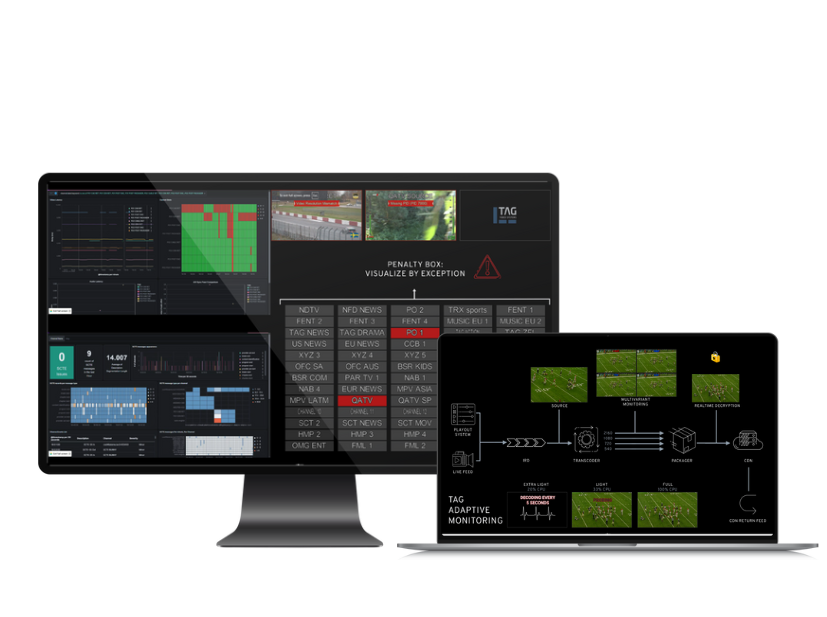Inside Anthropic: How They Leverage Claude AI & Code to Build the Future of AI

Anthropic, the AI safety and research company behind Claude, is making waves in the industry. But how does Anthropic itself *use* its groundbreaking AI models, Claude.ai and Claude Code? We sat down with Alex Albert, Developer Relations Lead at Anthropic, for an exclusive Q&A to uncover the inner workings and the surprising ways they're leveraging their own technology to build a safer and more powerful future for AI.
Beyond the Demo: Real-World Applications at Anthropic
Most people know Claude as a powerful chatbot, but its capabilities extend far beyond casual conversation. At Anthropic, Claude isn’t just a demo; it’s an integral part of their development process. Alex explained that they use Claude extensively for tasks ranging from code generation and debugging to internal documentation and even refining the safety protocols for future models.
“We’re constantly experimenting with ways to integrate Claude into our workflow,” Alex shared. “For instance, Claude Code is invaluable for our engineers. It helps them write, understand, and debug code across various languages, significantly accelerating the development cycle.”
Claude Code: The Engineer’s New Best Friend
Claude Code, specifically designed for code-related tasks, is proving to be a game-changer. Anthropic’s developers use it to generate initial code snippets, identify potential bugs, and even translate code between different programming languages. This allows them to focus on higher-level problem-solving rather than getting bogged down in repetitive coding tasks. The efficiency gains are substantial.
“It's not about replacing engineers,” Alex clarified, “but augmenting their abilities. Claude Code handles the tedious parts, freeing up our engineers to concentrate on the creative and strategic aspects of building AI.”
Safety First: Using Claude to Improve Claude
Given Anthropic’s commitment to AI safety, it’s no surprise that Claude is also used to improve its own safety mechanisms. They employ Claude to analyze potential failure modes, identify biases in training data, and generate adversarial examples – inputs designed to trick the model and expose vulnerabilities. This allows them to proactively address these issues and build more robust and reliable AI systems.
“We use Claude to stress-test itself,” Alex explained. “By feeding it challenging and potentially harmful prompts, we can identify areas where it needs improvement and refine its safety guardrails.”
Looking Ahead: The Future of AI Development with Claude
Anthropic's internal use of Claude provides a fascinating glimpse into the future of AI development. As AI models become increasingly sophisticated, the ability to leverage them internally will be crucial for accelerating innovation and ensuring safety. The company’s commitment to transparency and open research means that many of the techniques they’re using internally will likely be shared with the broader developer community in the future.
“We believe that the best way to build safe and beneficial AI is through collaboration and knowledge sharing,” Alex concluded. “We’re excited to see how developers around the world will use Claude and Claude Code to create innovative applications and solve real-world problems.”
The insights from Alex Albert highlight a powerful trend: AI companies are not just building AI; they’re building *with* AI. This internal feedback loop is essential for driving progress and ensuring that AI remains a force for good.






